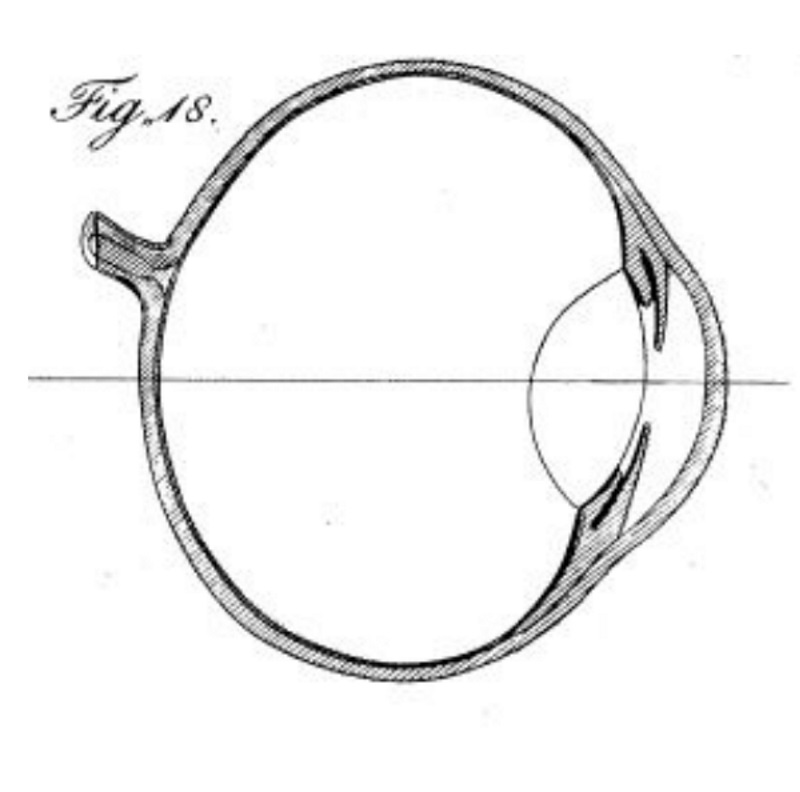Michael Land is Emeritus Professor of Neurobiology at the University of Sussex. For the special issue of Philosophical Transactions B celebrating the 350th anniversary of the journal, he has written a commentary on one of the highlights from our archive, Thomas Young’s Bakerian Lecture paper ‘On the mechanism of the eye’ (1801). Here he answers a few of our questions.

Thomas Young’s range of interests and knowledge was remarkable. What did you find most surprising when researching his activities?
I think the translation of the demotic part of the Rosetta Stone, which paved the way for the more famous translation of the hieroglyphs by Champollion, stands out as quite apart from his scientific work – the visual optics, trichromacy theory, the modulus of elasticity and the demonstration of light wave interference. It’s a tribute to his remarkable breadth of interest and competence.
What was a ‘Bakerian lecture’?
The Bakerian Lecture is a prize lecture (and subsequent publication) of the Royal Society, founded in 1775. Thomas Young gave the lecture three times in 1800, 1801 and 1803. Today it’s the premier lecture in the physical sciences, and the recipient receives a medal and £10,000.
As well as making a lot of accurate speculations, Young got a few things wrong, as discussed in your commentary. How do you think Young would have reacted to the correction?
The issue here is what causes the lens to change shape. How would Young have reacted during his lifetime had Helmholtz been around, with his new anatomical knowledge? I don’t know the answer. Young was quite tetchy in his lecture with colleagues who didn’t believe the lens was innervated (it isn’t), but given a properly supported explanation of accommodation, I’m sure he’d have been fine. It’s a shame he could not have met Helmholtz, but Young died only eight years after Helmholtz was born.
Does Young’s original ‘optometer’ still exist?
I don’t think so, except perhaps as a museum piece. A high street optometrist would use trial lenses now, rather than an optometer, or else use an objective device that measures image quality directly.
How was this different to your usual projects? What persuaded you to contribute?
I had not tried to write a biographical piece before, and Young’s lecture – which is itself rather dry – actually contains a good story which I thought was worth retelling in a more approachable form. It needed a style that was quite different from ordinary scientific prose, and I was happy to give it a try.
All commentaries, archive papers and supplementary files can be accessed for free. Check back at this blog for more Q&As, videos and blog posts over the coming months.

